Drive-in movies offer social distancing writ large
Drive-in movies could be the ideal antidote to crowded cinemas in the Covid age.
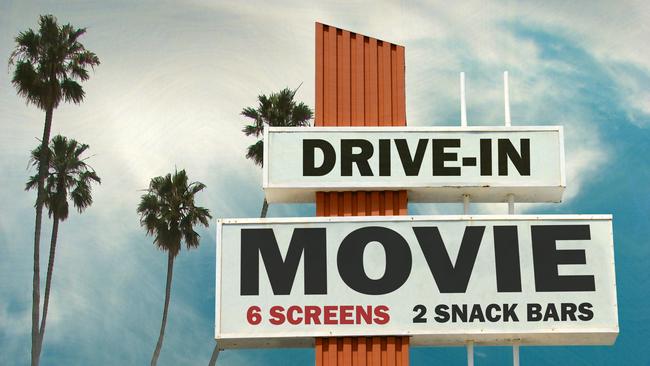
During interval (loo break; tea top-up) at nightly telly binge sessions chez nous, I’ve been pining for drive-ins and their implicit permission to indulge in multiple Cornettos and wear pyjamas outside the house. My other half suggests I already leave home in my night attire (drive-through takeaways are a splendid development) and Cornettos actually know no boundaries. But when we are all let loose post-Covid, I don’t think I’ll be all that excited about visiting a crowded cinema, although the breezy outdoor summer options are great fun, as are rooftop deckchair (and even double-bed) cinemas and heritage charmers such as Sun Pictures in Broome.
How enticing it will be to venture to a drive-in and relax in a family auto bubble while having a socially inclusive night out, which would also mean a change of scenery for teenagers. Usually engaged in streaming, scrolling and tuning in to their devices in their bedrooms, they could slump in the back seat instead.
Our first Australian drive-in opened in 1954 and as car ownership soared there were several hundred by the late 60s. There are now about 15 remaining, maybe fewer, depending which source is consulted. The largest is Lunar Dandenong outside Melbourne, effectively an outdoor multiplex with four screens and 850 car spots across 6ha. The jam donuts “sell by the thousands” and the new James Bond flick, No Time to Die, is on the upcoming schedule. Daniel Craig on a giant screen? Sounds like Christmas to me.
In Sydney’s outer west, the Atura Blacktown hotel features a Skyline drive-in next door, refurbished to include an American-style diner and deckchair area. Its (hopefully imminent) reopening will feature a “blockbuster” roll-up. I wonder if new-build hotels are considering on-site cinemas for guests. Rydges Sydney Central and QT Sydney each have one (although mostly for events and functions) and so too Le Royal Monceau in Paris, while Firmdale (London and New York) features the concept at two properties. On my last stay at its Ham Yard hotel in Soho, I was tempted to sneak down in a bathrobe, with a leftover scone from afternoon tea in my pocket, and hide in the back row. Not so much a drive-in as a sidle-in and doubly enthralling.
SUSAN KUROSAWA
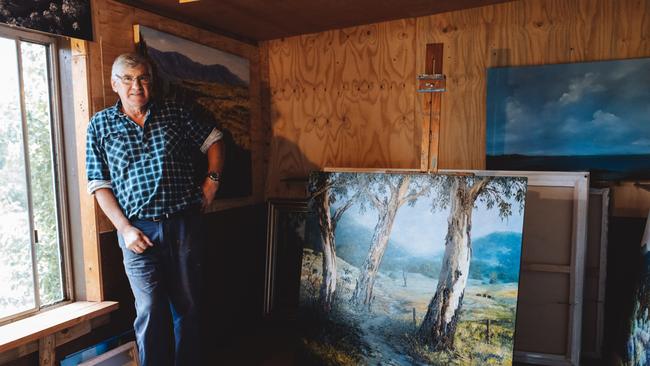
Forward planner
With the Louvre and Metropolitan Museum of Art beyond reach, we have a chance to get better acquainted with Australian galleries and artists. See where the magic happens during Open Studios West Gippsland (November 13-14), when 13 artists welcome the public to their creative spaces in this Victorian region of farms and native forest. Farmer and painter Graeme Myrteza captures this landscape, particularly at day’s first and last light, while photographer Lauren Murphy’s focus is people. Other artists opening their studios include glass bead and jewellery maker Wendy Hitchins, printmaker Helen Timbury, and Laurie Collins, whose sculpture garden is scattered with large-scale works conjured from discarded metal.
Another artistic inducement to visit Gippsland is the 2021 Archibald Prize (October 8-November 21). Gippsland Art Gallery is the first stop on the regional tour for Australia’s oldest and most popular art prize, and the sole Victorian venue (from November 6 Geelong Gallery presents Archie 100: A Century of the Archibald Prize). Start your getaway with a Friday Up Late session, which combines the exhibition’s 52 portraits, live music and local food, wine and beer. Highlights include Kathrin Longhurst’s likeness of Kate Ceberano, which won the Packing Room Prize, and the overall winner: Peter Wegner’s genial portrait of artist Guy Warren. The gallery’s concurrent offerings include an exhibition showcasing regional scenes by the likes of Fred Williams and Sidney Nolan.
openstudioswestgippsland.com.au
archibaldprizegippsland.com.au
PATRICIA MAUNDER
Book club
THE TURNING POINT
Gareth St John Thomas
Founder and CEO of Exisle Publishing, Gareth St John Thomas, who also fosters new writers via the Exisle Academy, has edited this compilation of 40 essays on the theme of “moments that changed lives”. The contributions were sourced from an international writing competition and the range is diverse and sometimes moving. There’s inconsistency in the quality of the prose but this hardly matters as these are all authors with very personal and sometimes raw stories to tell.
The range is divided into six categories, including Big Changes and Vivid Moments; it’s a delineation that ensures a cohesion of theme and, as some are as short as four pages, the clusters are easy to dip into. The key benefit to take away from this collection is a renewed belief that everyone has experiences to share. No matter how seemingly insignificant these anecdotes or remembrances may seem, they will find relevance with others who’ve had similar experiences.
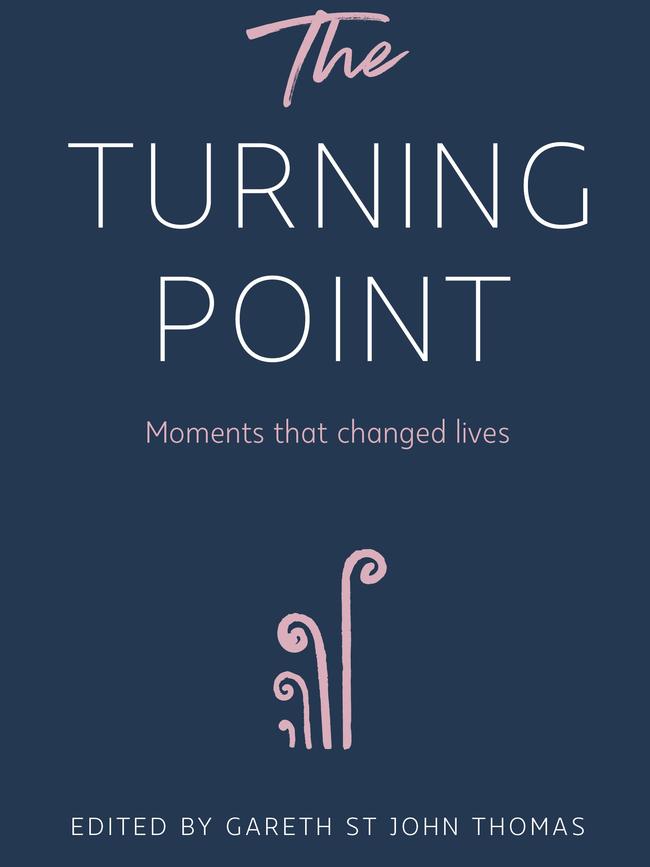
A “fish out of water” tale always appeals to me, thanks to a hybrid background and a nomadic and occasionally reckless travelling lifestyle. In the latter vein, “You only pass this way but once” by Roger Sharp, set in Africa, resonates with memories of semi-dangerous adventures involving boy soldiers waving guns at me. “Changing Trains” by Mark R.C. Lovell chimes with my maternal family history of displacement during World War II in Europe. ”A Pilgrimage” by Jan Davies captures a moment when she is reawakened to faith upon meeting a charismatic former monk in Portugal; in ”Once in a Lifetime”, Karen Lethlean reconsiders her place in the scheme of nature while swimming with sharks and swarming bait fish off Cape Cuvier on the West Australian coast.
An over-arching theme of “the turning point” offers much latitude, including love found and lost, cultural complexities faced by migrants, and family secrets slowly and painfully unveiled. Then there are missed opportunities and moments full of serendipity.
My late journalist father always insisted life was about ”timing” and would mutter about “the best laid schemes o’ mice
an’ men”, preferring the Robbie Burns original to that of “Johnny come lately” (Steinbeck). Dad was both fatalistic and optimistic, well-read and known to have a way with words. He would have relished this anthology although, like me, he’d have hoped for at least a skerrick of background information about the writers and their aspirations.
SUSAN KUROSAWA
Spend it
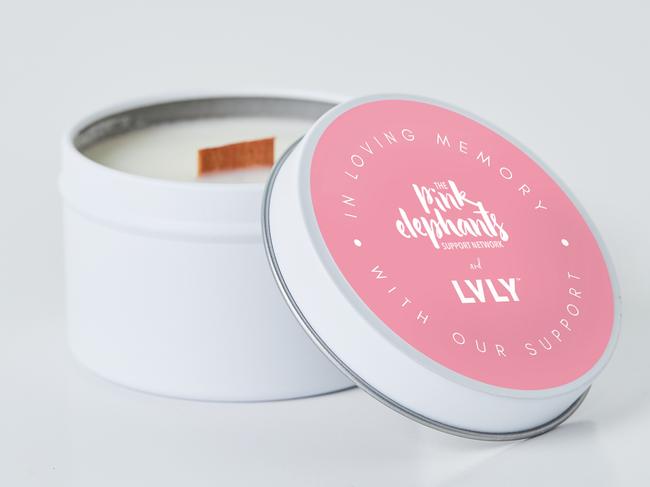
Australian company LVLY is partnering with Pink Elephants, an organisation that offers a support and resources network for women who’ve experienced miscarriage and infant loss. A LVLY Nurture Box can be customised with posies, bouquets, cards, edible treats, wine, and skin and spa products, with delivery offered in cities and regional areas and $5 of each purchase going direct to Pink Elephants. This month there’s an add-on candle (pictured) available to honour International Pregnancy and Infant Loss Awareness Day on October 15, when Pink Elephants encourages a Wave of Light symbolic candle-lighting ceremony at 7pm. A Nurture Box of flowers starts at about $59, depending on location (plus $10 for optional personalised flower jar label); add a candle ($15; includes $1 donation).
SUSAN KUROSAWA



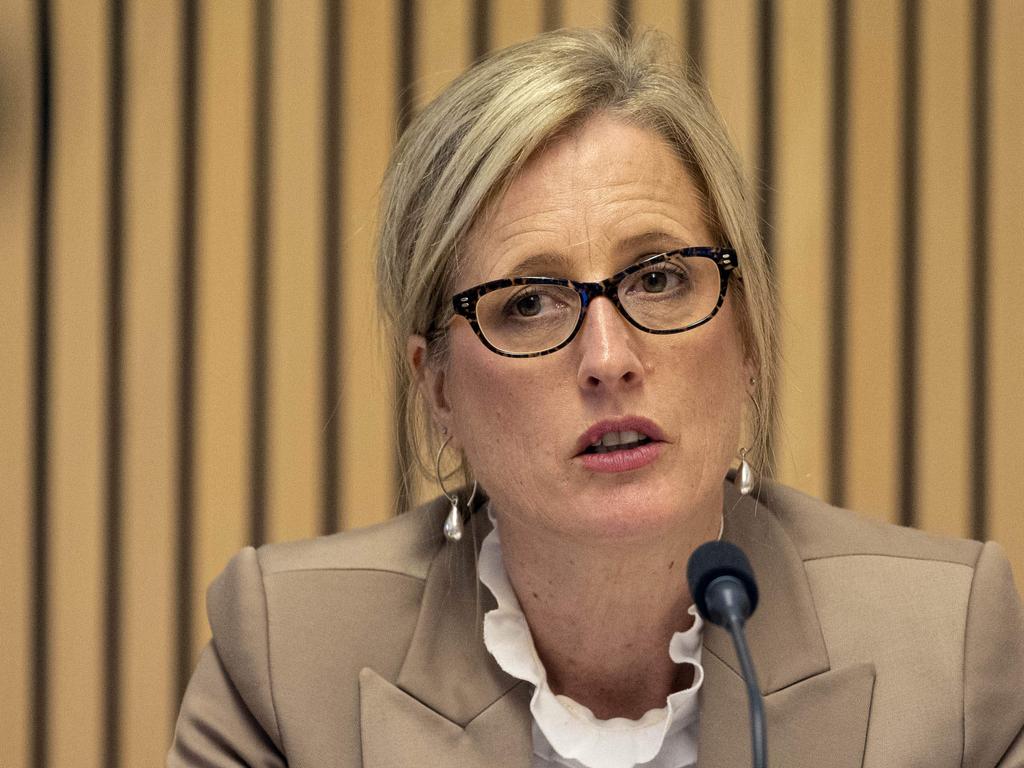


To join the conversation, please log in. Don't have an account? Register
Join the conversation, you are commenting as Logout